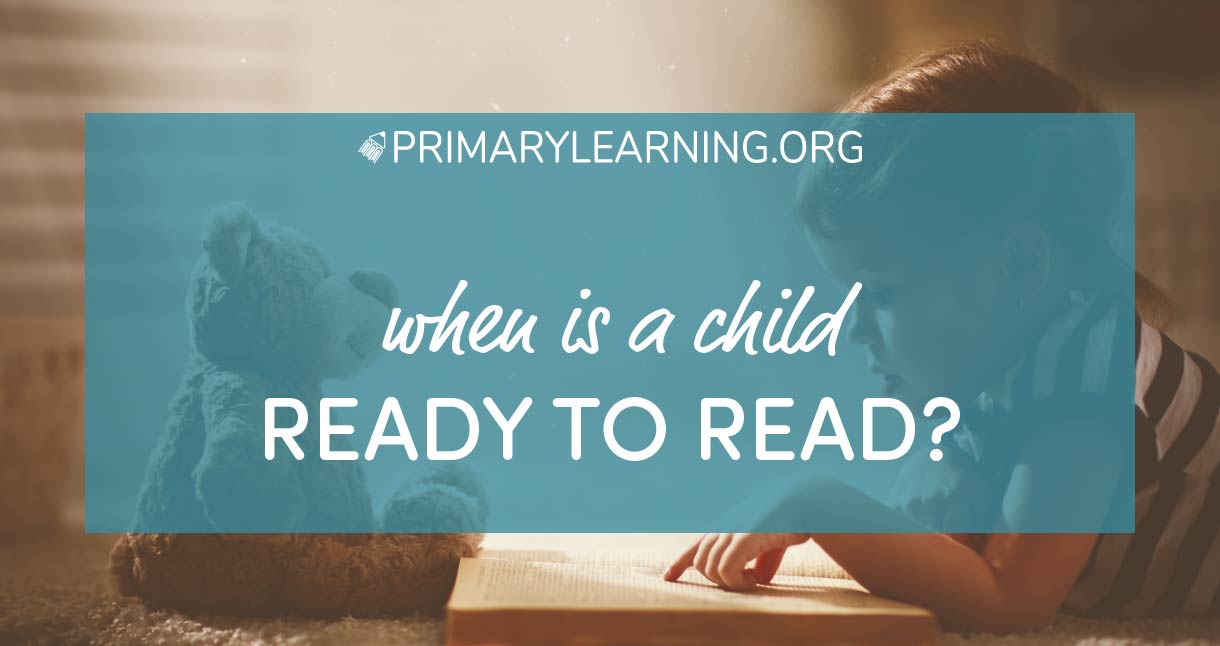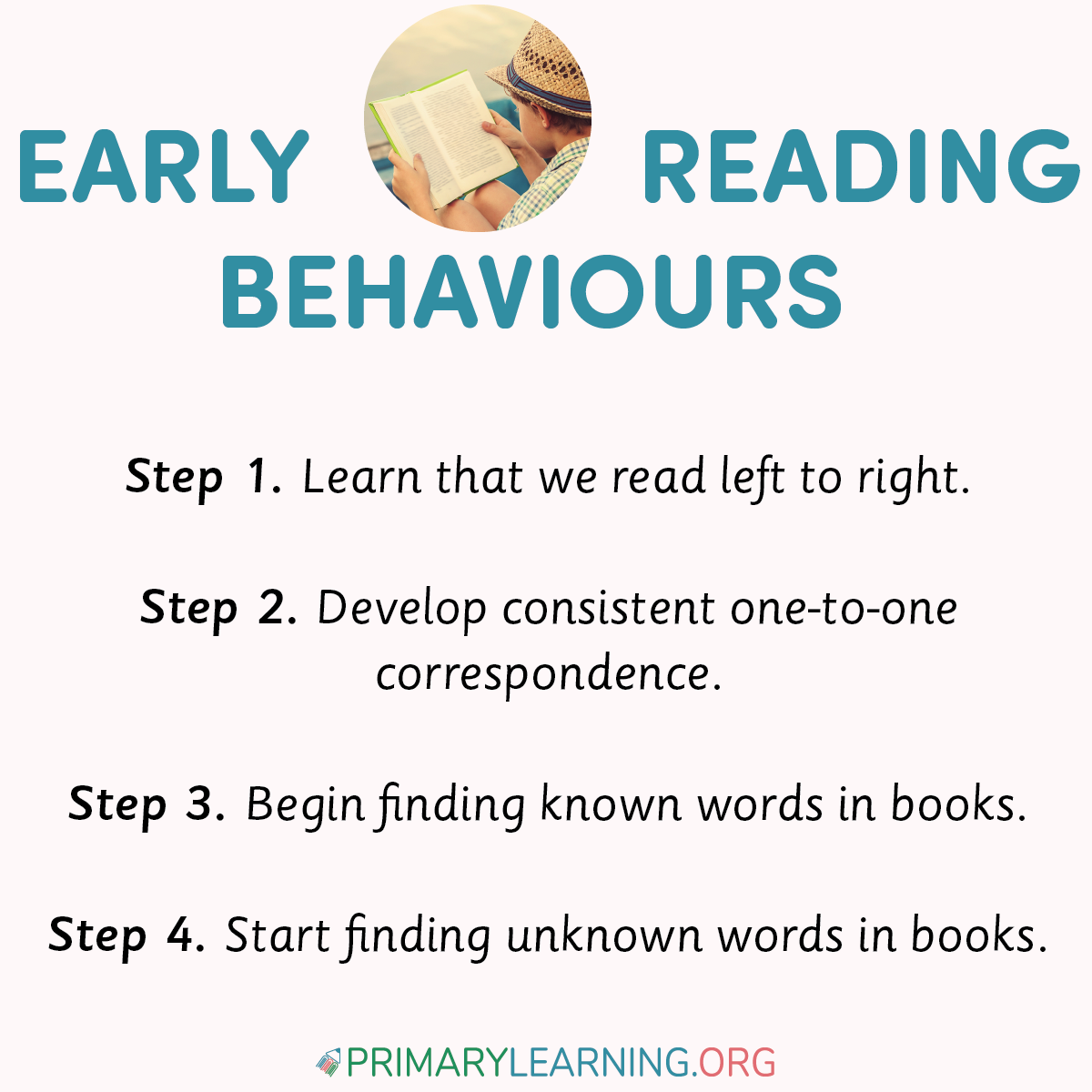

Posted by: Alesia Netuk
Updated: September 28th, 2023
When is a Child Ready to Read?
When is a Child Ready to Read?
Similar to walking and talking, learning to read is a developmental stage that children begin at different ages. Some three-year-olds may begin showing an interest in reading, while other children may show little interest until they’re five or six. Like walking and talking, regardless of when children begin learning to read, most will become just as proficient as their counterparts who may have started a little sooner.
Pre-reading Behaviors
Once children begin showing an interest in letters, words, or books, it’s great to capitalize on their enthusiasm. Many children love being read to, which is a common precursor to being able to read themselves. Don’t discourage children who want to be read the same favorite books over and over again. Reading aloud shows children that print carries meaning and helps them begin understanding how books work. As adults model the reading process, children may also begin to “read” books themselves, by looking at the pictures and making up stories. Although this may seem like casual play, children are learning valuable skills such as using pictures to support their comprehension of stories.
Children may also begin to show interest in reading when they start experimenting with letters and words. For example, they may want to learn how to print their name. They may also start to identify letters in their environment, like on signs or TV. It’s common for children to begin experimenting with writing, which may begin as squiggly marks on a paper but progress to printing letters. All of these activities indicate that a child is growing closer to learning to read.
Early Reading Behaviors
In order to become successful readers, children must master four early reading behaviors. These behaviors are strong indicators that a child is ready to take on the complex process of reading. First, children must learn that we read left to right. This is a skill that many will pick up easily if they have been frequently read aloud to.
Secondly, children must develop consistent one-to-one correspondence. This means that they can point to each word as they read. They do not skip words and no longer “invent” text, making up the words as they go along. One-to-one correspondence is the same skill children use when they accurately count a collection of objects.
Children who are ready to read also begin finding known words in books. High-frequency words are those that appear often in texts, such as “I,” “a,” “the,” and “it.” These are words that children need to practice and know automatically, so they can spend their energy on solving unfamiliar words. Finding unknown words in books is the final early reading behavior children need to master. Children do this by using their knowledge of the sounds letters make in order to locate words. For example, a child may find the word “bug” by knowing the sound a “b” makes.

It’s important to note that children do not need to know every letter and every sound before they begin reading. A small bank of letters and sounds will let them get started on simple, patterned texts.
Encouraging Reading
When teaching children to read, the focus should be on cultivating a love of reading. This isn’t done by having them complete countless worksheets and drilling them on letters and sounds. It’s also not done by pushing children to read who are not quite ready yet. Read books aloud, sing songs, and recite poems and nursery rhymes together to begin fostering a love of reading. As a child’s interest grows, begin introducing him to letters and words through books, apps, videos, magnetic letters, chalkboards, sand trays, and many other fun ways to learn and spark his curiosity. Rely less on a child’s age and more on the cues he’s demonstrating that show he’s ready to read.
References
- Healthychildren.org: Is Your Child Ready to Read?
- Dr. Janet Bufalino: Change Your Teaching the Marie Clay Way!
LEARNING MATERIALS TO MEET EVERY CHILD’S NEEDS
Here, at PrimaryLearning.Org, we tend to deliver the best-differentiated learning materials to K-2 students. Our resources can be easily incorporated into multisensory lessons to meet every child’s needs, whether s/he is a visual, kinesthetic, or auditory learner.